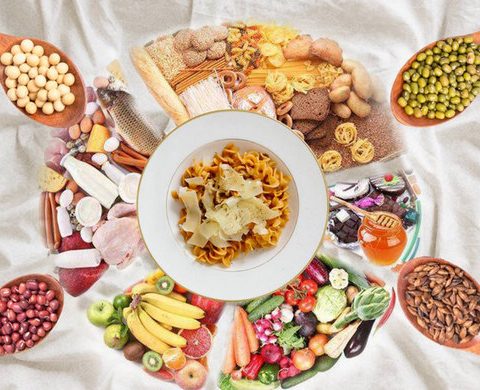When comparing the taste of goji berries to jujubes, there are several key differences and characteristics to consider:
Goji Berries
-
Flavor Profile:
- Goji berries are described as having a mix of sweet and sour flavors. They often taste similar to dried cranberries or a cross between cranberry, cherry, and tomato.
- Fresh goji berries can have a bitter and resiny taste, which is why they are often consumed dried. When dried, the flavor is more palatable and similar to that of a “very sweet cherry tomato”.
-
Texture:
- Dried goji berries have a chewy texture and can resemble raisins when stored for long periods.
-
Usage:
- Commonly used in health foods such as smoothie bowls, baked goods, trail mixes, and can be eaten by the handful as a snack.
Jujubes
-
Flavor Profile:
- Fresh jujubes have a sweet, apple-like flavor, similar to a tiny green apple.
- Dried jujubes taste similar to dates, with a chewy texture that is reminiscent of familiar grocery store dates.
-
Texture:
- The texture of fresh jujubes is crisp, like an apple. When dried, they become chewy, similar to other dehydrated fruits.
-
Usage:
- Dried jujubes are commonly used to make tea, jam, and in various recipes that benefit from their sweet, chewy consistency[[6][9]].
- They can also be eaten fresh, mixed into trail mixes, or used in dessert fillings.
Comparative Summary
- Goji Berries: Sour and sweet, resembling cranberries or sour cherries when dried; often chewy.
- Jujubes: Sweet and apple-like when fresh, resembling dates when dried; crispy when fresh, chewy when dried.
These differences make each fruit unique in flavor and texture, and suitable for different types of culinary uses.







